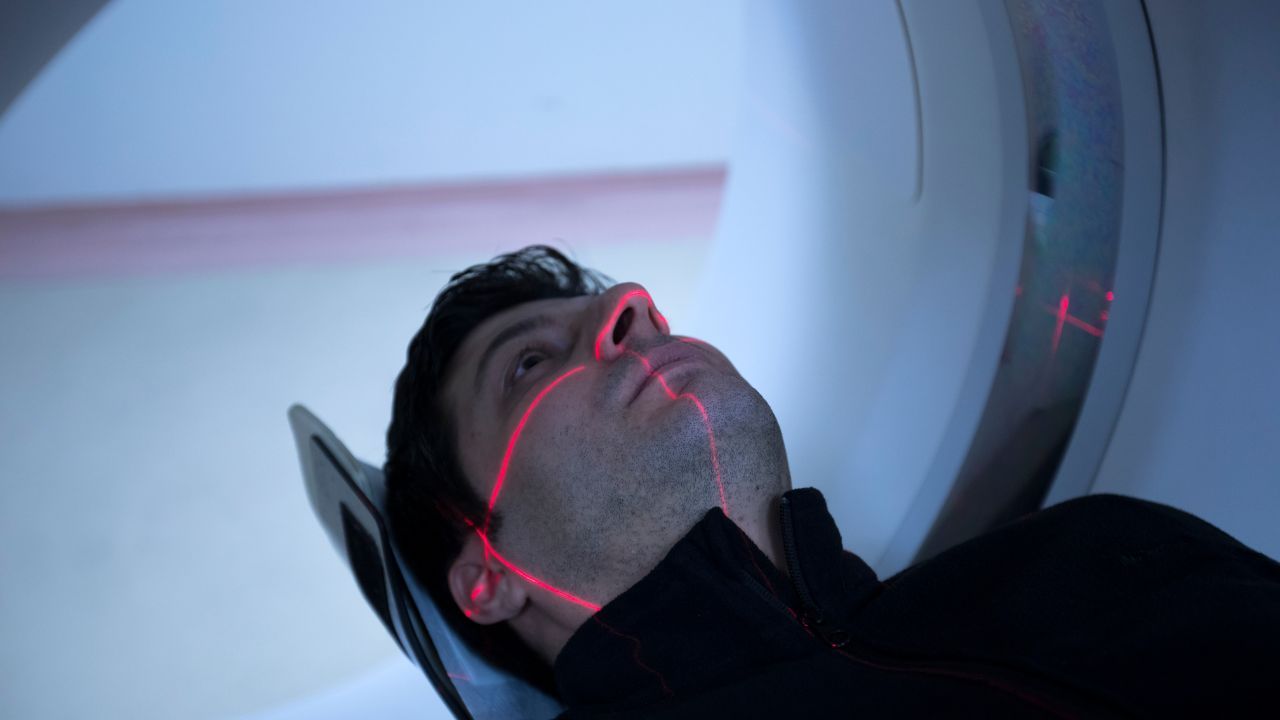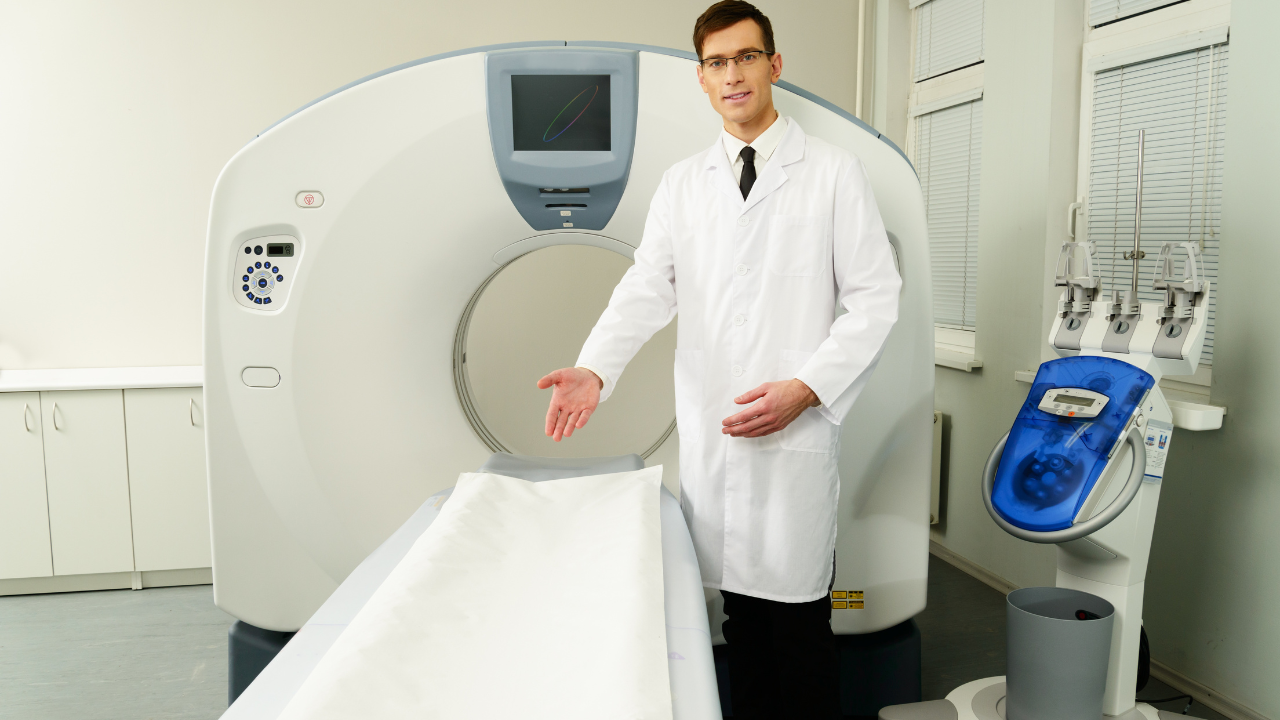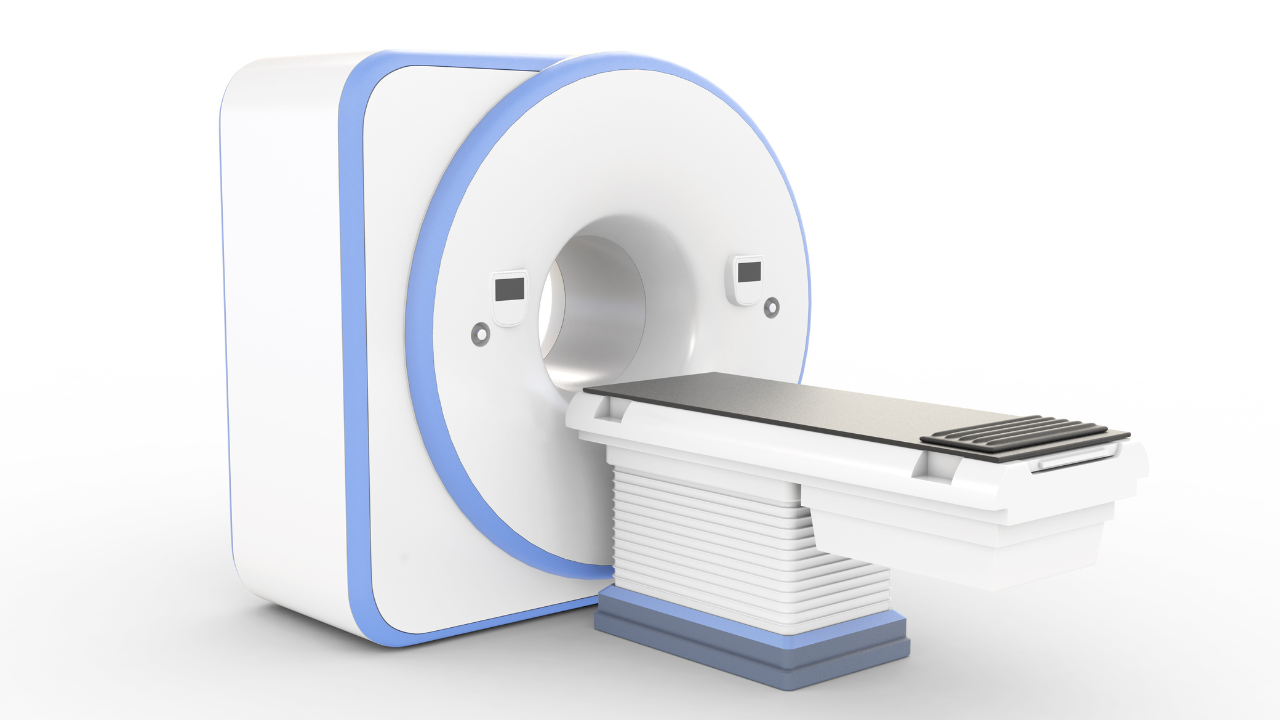Blog and News

First Let’s Review What Is An MRI:

MRI (magnetic resonance imaging) is a diagnostic technique used to create images of the body like a CT scan. It is non-invasive (It does not enter the body cavity) and requires no radiation, instead it is based on the magnetic fields of the hydrogen atoms in the
body. By scanning the body, MRI is able to provide computer-generated images of the body’s internal tissues and organs.
MRI is capable of scanning the body in all three planes Axial, Sagital and Coronal. These detailed two dimentional views offer your treating physician the necessary information to properly diagnose your condition and plan the course of treatment.
What is the difference between a closed or open MRI Scanner:
Most people think a Closed MRI is the same as an Open just more restrictive. Not true. There are some major differences that you should know about before you go for your next MRI. First the strength of the magnet. Most closed MRI’s are 1.5 Tesla. Translation, 1 Tesla = 10,000 gauss (unit measure commonly used with magnets). Compared with the Earth’s 0.5 gauss magnetic field gives you an idea of how strong the closed MRI is. In comparison, an Open MRI can range from 0.25 Tesla to 0.7 Tesla. Without getting too technical, a closed scanner is 3 to 8 times stronger than the Open. There are other measures that influence image quality like the slew rate and software levels, we will talk about in future blogs.
Translation: High field MRI scanners provide superior images that are diagnostic and not simply for screening. It is important to know that while Open scanners might be easier to tolerate if you are claustrophobic, the scan itself is inferior and in many instances must be repeated in a high field closed scanner to obtain diagnostic images.
Solution for Claustrophobia,
Most patients that think they are claustrophobic find out that they are able to handle it by calming themselves down and relaxing before the scan Things to avoid before getting your scan: coffee and other caffeinated drinks or foods. Caffeine tends to increase the anxiety level. Also, avoid eating a large meal before the scan since you will be lying down flat. Wear comfortable clothing that does not have metal (sweat pants, sweat shirt).
When you check in for your MRI scan, notify the technician that you are claustrophobic. The technologist will give you music to listen to, a panic button to push if you needed help and for some scans he can place a mirror above you eyes to see outside. You will be monitored the whole time you are getting scanned. The technologist is able to stop the scan any time and bring you out if needed.
For patients that are still having trouble with anxiety/claustrophobia, your Dr. can prescribe an oral medicine like valium or diazapam.
Conclusion:
Don’t allow claustrophobia to stop you from getting diagnosed properly by a high field closed MRI. As we discussed above, there are things you can do to overcome claustrophobia and get the best quality scan possible.
Happy scanning.
Dan






